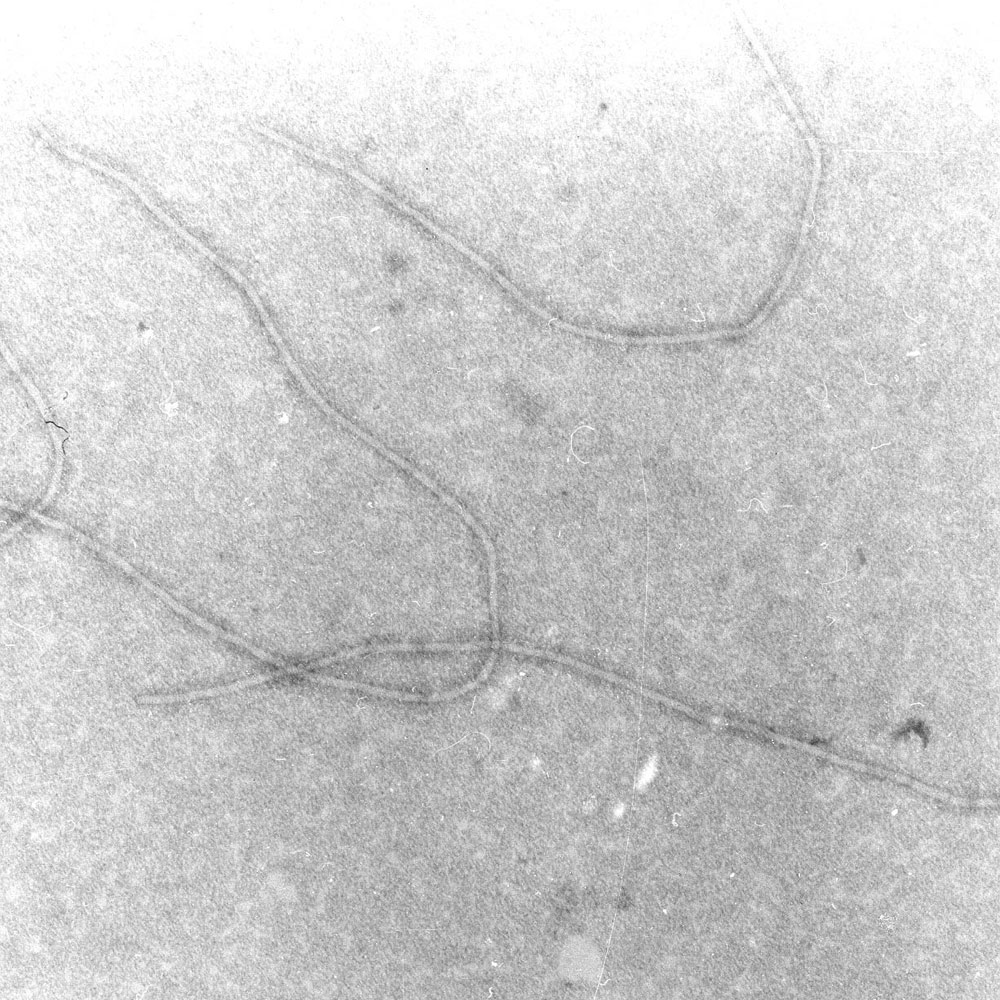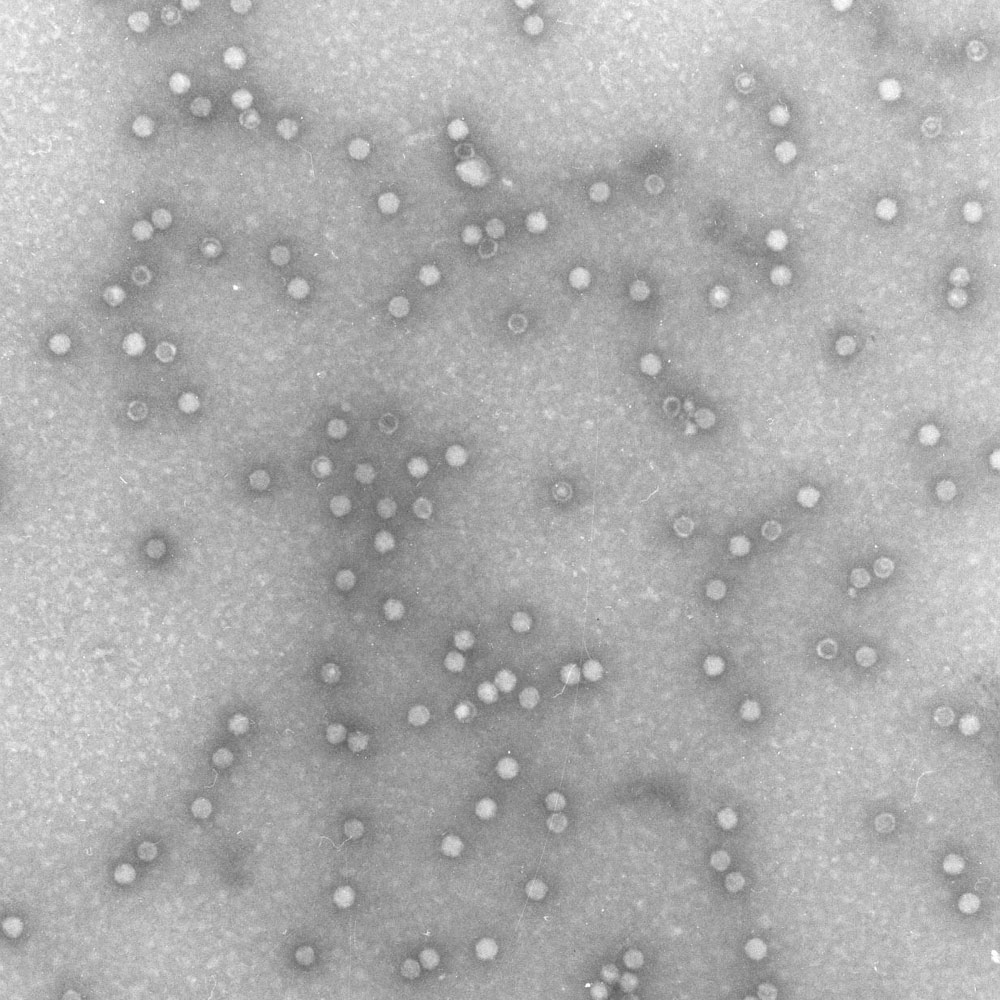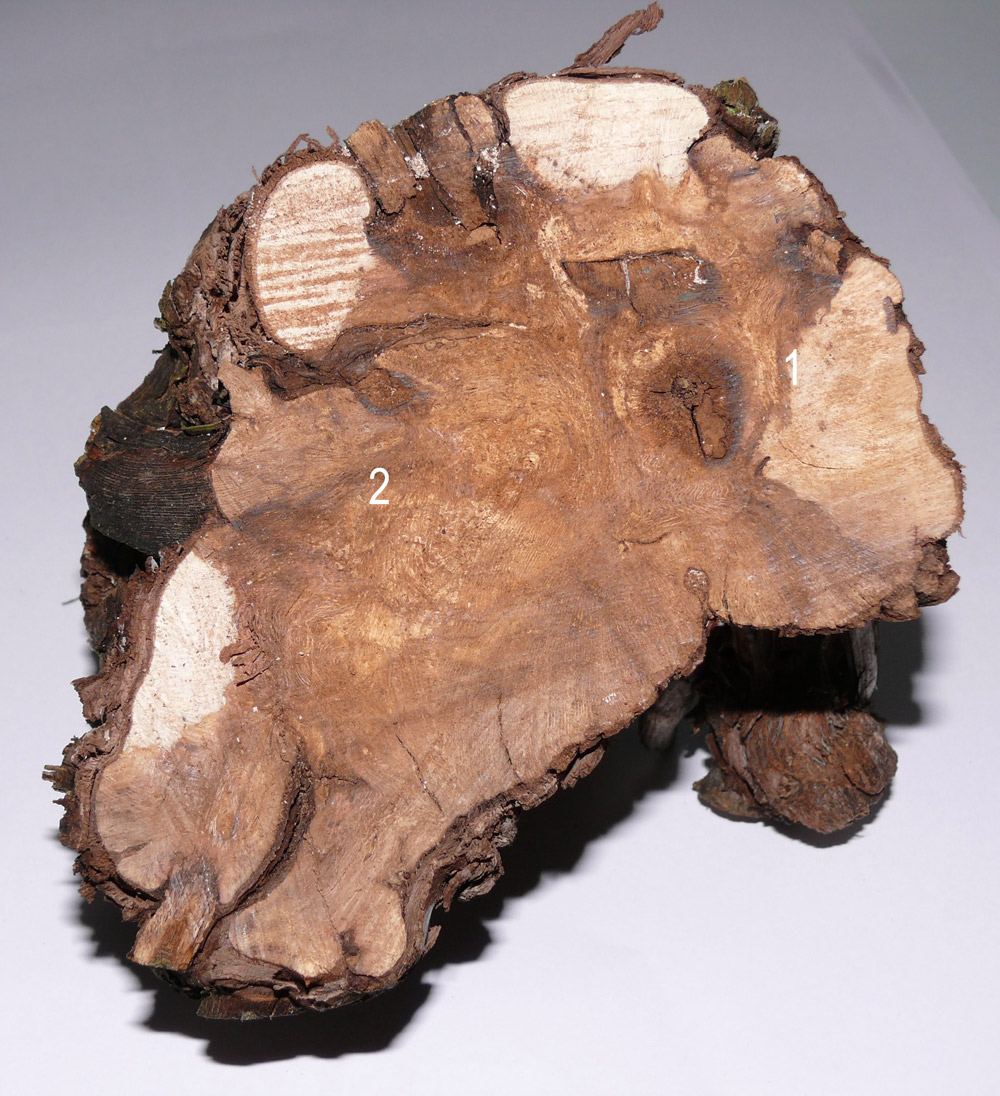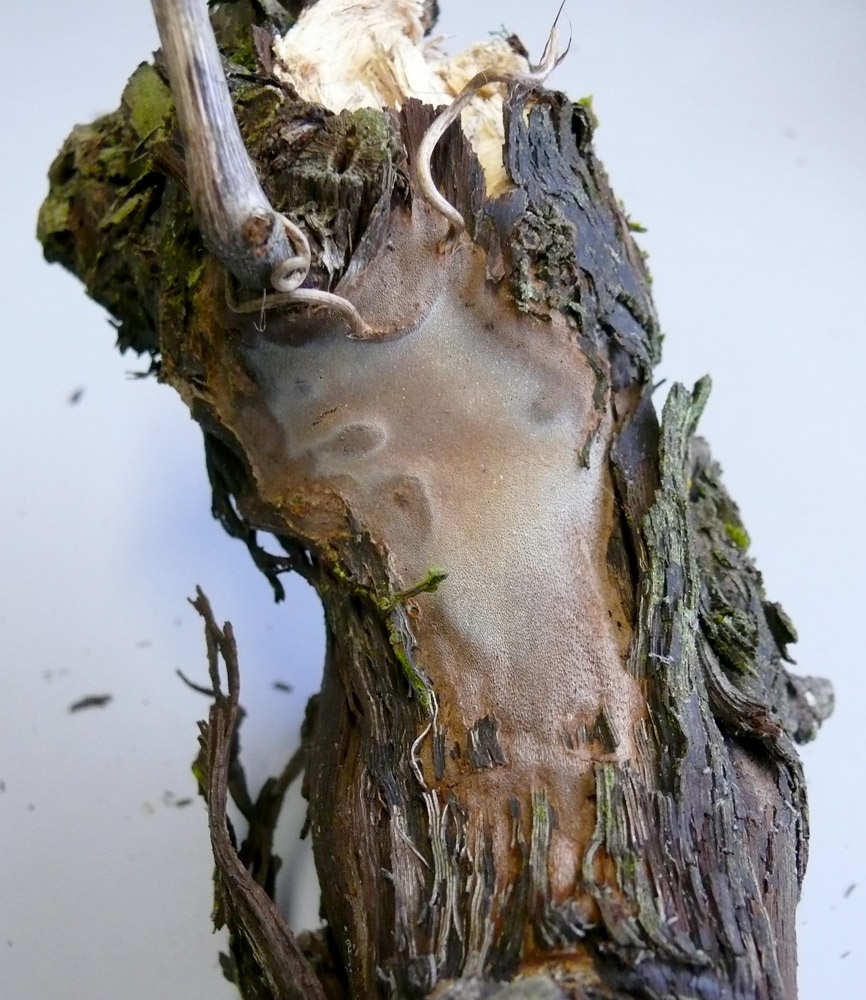Viral Deseases
Virus diseases - who does not think of smallpox, Ebola, HIV, influenza or other serious, as well as minor but unpleasant diseases, such as colds? Not only humans, but also plants are affected by these pathogens and can be more or less severely damaged. Viruses are parti-cles of mysterious appearance that stand between living organisms and inanimate, complex nanoparticles. They use the cell apparatus of their host plant to reproduce and spread in plant tissue. Outside their host cell, viruses are in a dormant state in which they cannot ac-tively spread, as they depend on vectors for the infection of their host plant. They are injected directly into the plant cells by their vectors, in most cases plant-sucking insects, mites or nematodes (threadworms), during the sucking process. Like the vast majority of cultivated plants, grapevine is also infected by viruses. Virus diseases, however, very often recede behind other diseases such as the vine peronospora, powdery mildew and botrytis, and in the everyday life of the winegrower they are more rarely perceived as the cause of diminishing vitality of the grapevine. Nevertheless, viruses are of great importance for viticultural practice, as they can cause considerable damage. In Alsace, Baden, Palatinate and Switzerland, viral diseases of the vine spread increasingly and affect the yield, quality and longevity of the vines.

Particles of vine leaf roll virus type 1 (GLRaV 1) with a filamentous structure, a length of about 1,800 nm and a diameter of 12 nm.
Bild: © WBI
The vine is the host plant of very different virus species, which all impair the vitality and life span of the plant. Out of the many viruses found in grapevines, the brushwood disease and the leaf roll disease are of particular importance to viticultural practice.
The brushwood disease manifests itself with a number of symptoms, which can vary depending on the variety, location and annual weather conditions. What all varieties have in common is that the vitality of diseased plants decreases, with some varieties reacting very sensitively to virus infestation, while others are affected to a lesser extent. Shrunken shoots with short distances between leaves (shortened internodes), reduced leaf area and sprinkled grapes are the result.
This decline in vigour shows clear differences between the varieties Gewürztraminer and Trollinger, which are more pronounced than, for example, the Riesling variety. Other symptoms of the brushwood disease can also develop very differently, such as leaf discolouration (adulteration). Depending on the weather, parts of the leaves turn golden yel-low and form patterns that form more or less large spots, sometimes in the form of rings. In some cases, untypical allocations or adhesions of the shoots also occur. The brushwood disease is caused predominantly by the virus of the brushwood disease (GFlV), but also by the Arabismosaik virus (ArMV), more rarely by the raspberry ring-spot virus (RRV). The viruses mentioned are almost round particles of approx. 28 nm in diameter, which are composed of 20 surfaces (eggosahedron). They are transmitted by migratory, root-sucking nematodes (threadworms). Because of these properties, this virus group is called nepo viruses (nematode-transferable poolytic viruses). To feed, the virus-transmitting nematodes prick the fine roots of the vine and suck at the cells in the root cylinder. During this process, they take up the virus particles from infected plants and can release them back into the cells of the root during the next sucking cycle on an uninfected plant. In this way, the viruses of the brushwood disease spread throughout the entire stock in the form of a herd from individual or a few infected plants.
Leaves rolled downwards, which already turn yellow or red in late summer, depending on the variety, are the first sign of the leaf rolling disease. This also leads to a decline in the performance of the plant with the flowers trickling, small berries and compressed shoots. The leaf roll disease is caused by various types of leaf roll virus (GLRaV), whose particles resemble thin long threads. Under the climatic conditions in the wine-growing areas along the Rhine, the leaf roll disease is only spread through the use of infected scions or rootstocks. Therefore, with a few exceptions, the leaf roll disease can only be found scattered in vines. In warmer regions south of the Alps, various types of mealy bugs transfer the virus particles from infected to healthy vines during the sucking process. In the past, some grape varieties were almost completely infected by leaf roll disease. This was one of the reasons for the targeted selection of healthy and efficient clones.
Healthy plant material is the only way to prevent the spread of viral diseases. Therefore, only grafted vines produced from healthy rootstocks and scions are marketed. For this complex procedure, mother plants for rootstocks and scions are being tested with state of the art di-agnostic methods throughout Europe. However, a separate test procedure is required for each virus species and new, unknown viruses in the plant cannot be detected. In VITIFUTUR innovative methods are developed which allow the detection of a whole series of viruses in the parent plants in one process step. This means that newly immigrated viruses can also be detected in good time and their immigration by means of young plants can be prevented.
In most cases, both infected vines as well as the vectors of the viruses are present in infested vineyard areas. So far, there has been no way to prevent new infections and curb viral diseases. New rootstock varieties are now available that are resistant to virus-transmitting vectors. In VITIFUTUR these innovative rootstocks are tested under various climatic and soil conditions. The aim of this research and development work is to provide new types of rootstocks with high resistance to virus-infested vineyards.




 EFRE –Europäischer Fonds für Regionale Entwicklung
EFRE –Europäischer Fonds für Regionale Entwicklung
 Der Oberrhein wächst zusammen, mit jedem Projekt
Der Oberrhein wächst zusammen, mit jedem Projekt
